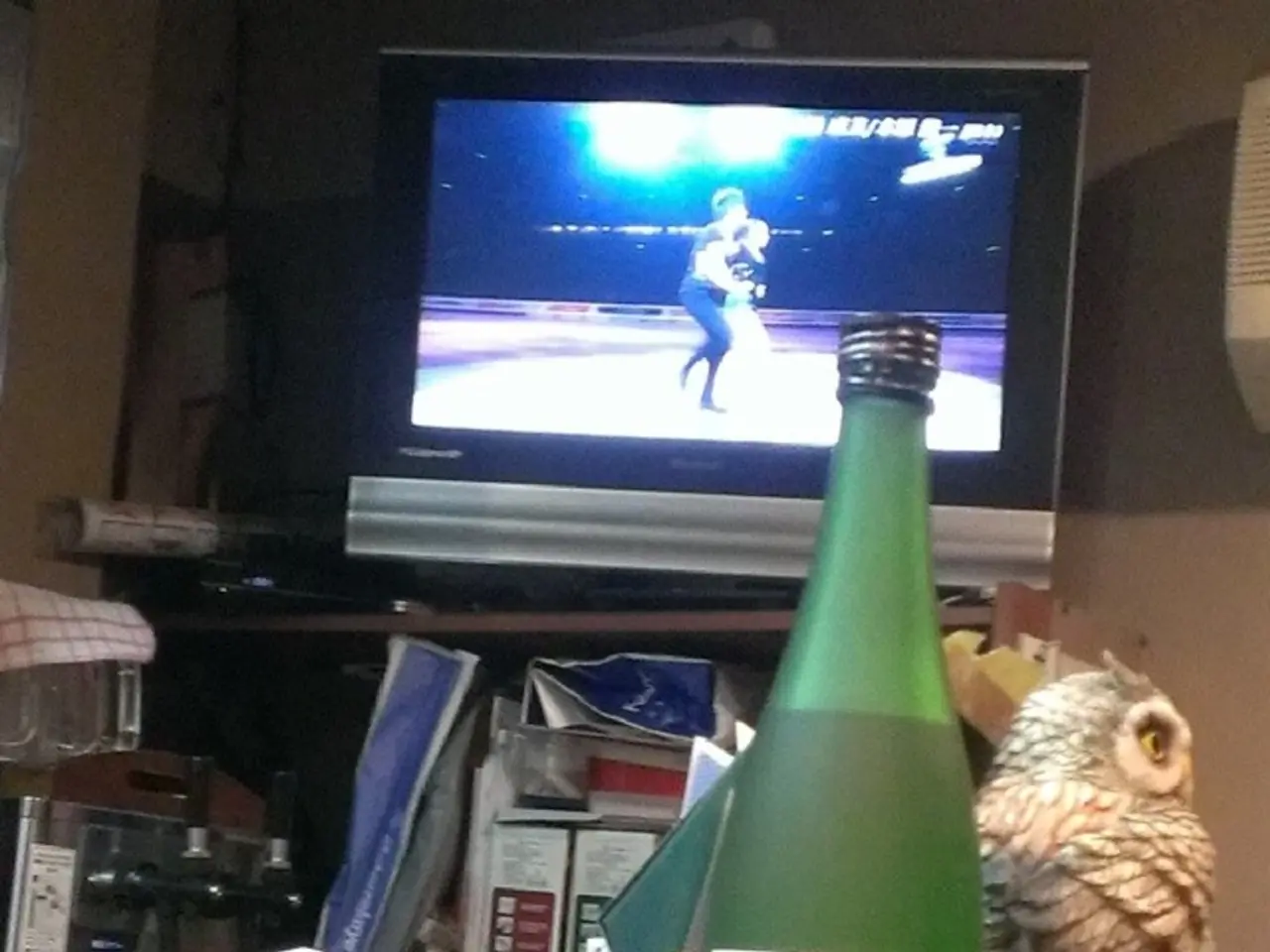Open Data Resources for Digital Movie Standards
In the realm of digital cinema preservation, the focus lies on ensuring the long-term sustainability, accessibility, and integrity of digital cinema materials. This is achieved through strategic digital preservation actions that prioritize file formats and practices that are sustainable, widely adopted, transparent, and stable [1].
Three such file formats that fall under the Digital Cinema category, as per the National Archives and Records Administration (NARA), are Kodak Cineon, Digital Picture Exchange (DPX) 2.0, and the Digital Cinema Package (DCP). Each of these formats has its unique NARA Format ID and Linked Open Data TTL, which can be found at the following URLs:
- Kodak Cineon: This URL
- DPX 2.0: This URL
- DCP: This URL
While the specific digital cinema file formats included in NARA’s Linked Open Data were not detailed in the retrieved sources, it is common for archives like NARA to consider open, stable, and widely adopted formats for preserving digital cinema. Some examples of such formats include JPEG 2000, often used for digital cinema packaging and preservation, MXF (Material Exchange Format), TIFF (for frame sequences or still images), and WAV or Broadcast WAV (for audio) [1].
It is worth noting that for exact NARA Linked Open Data entries on digital cinema file formats, direct access to NARA’s digital preservation metadata or Linked Data portals would be required, as these were not covered in the provided search results.
[1] Source: Canadian Library and Archives guidelines for selecting digital formats for preservation, giving priority to file formats that are transparent, open, stable, and internationally adopted by archives and memory institutions.
Data-and-cloud-computing technology plays a crucial role in the management and storage of digital cinema materials, ensuring long-term sustainability, accessibility, and integrity. The strategic use of technology in the digital preservation process prioritizes open, stable, and widely adopted formats, such as JPEG 2000, MXF, TIFF, and WAV, to preserve digital cinema files.




